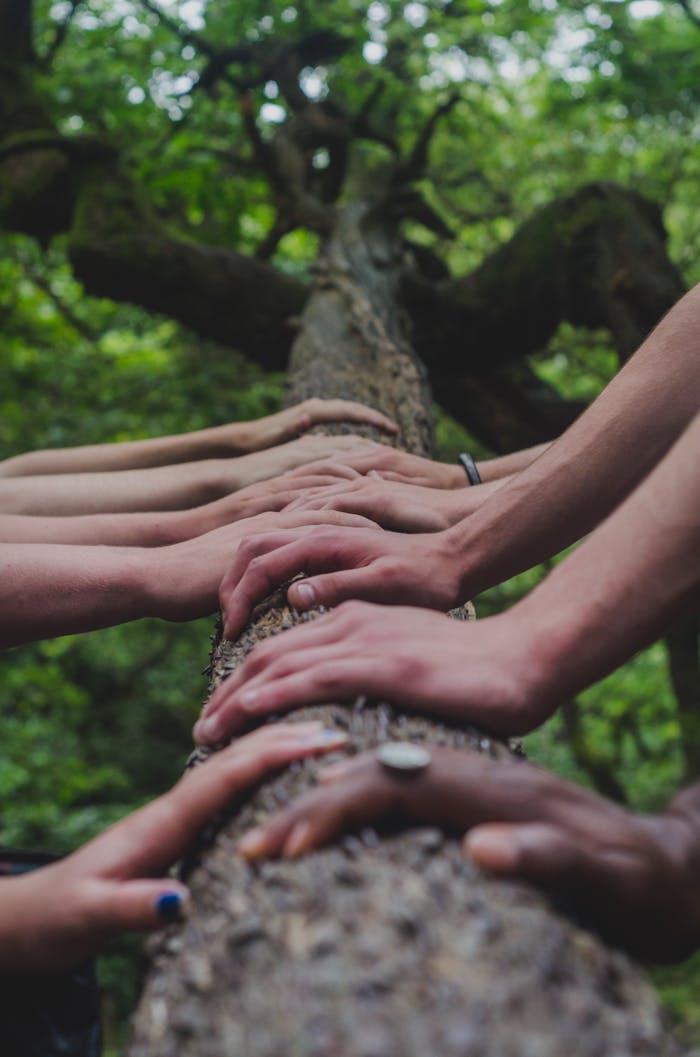Best Practices for Government in Community Engagement
The report, “Best Practices for Elements of Engagement” highlights effective engagement practices among the seven Rebuild by Design projects. As project teams continue to engage with their communities, these practices can inspire project teams to effectively engage communities and develop innovative projects with sustainable results. Best practices are:
- Demonstrate the value of community participation: Sustainable engagement occurs when communities see that their input has an important role in the planning and design process.
- Sharing input should be easy and intuitive: Publicly funded sustainability projects mandate periods of public comment during which draft documents are shared with community members in order to provide formal feedback.
- Provide a physical planning space: Utilizing a storefront or other accessible space provides a “home” where project team members and government agencies can work together in a publicly accessible space.
- Visualizing the design aids understanding: Maps, models, and other hands-on visual aids help community participants understand what the project will look like when implemented.
- Use video to illustrate technical processes: Advancing a project from concept to implementation requires a significant amount of research, surveys and studies that show environmental effects over a sustained period of time.
- Keep the big picture in mind: Understanding how a community’s project area is interconnected with its surrounding communities encourages a comprehensive view of resilience.
- Share meetings online: Attending meetings can be a scheduling challenge for many residents. Using the internet to share what has been presented at meetings allows residents to stay informed when attendance proves prohibitive.
- Avoid inaccessible language: For most residents, “design jargon” and bureaucratic language are difficult to understand without years of experience.
- Utilize multiple outreach techniques: Community planning meetings are more successful when they harness the expertise and experiences of a diverse array of participants.
- Utilize existing social structures: Local community organizations can play an important role in facilitating outreach by extending their local networks and providing an additional credibility to Project Teams.
- The community is a classroom: Utilizing the project site itself as an outdoor classroom helps residents to understand the project’s impacts and implications.
- Respond to community concerns: Centering presentations, materials and programming on community concerns and clearly communicating design options fosters a relationship of trust and understanding with the community.
Read the full Elements of Effective Engagement report here

 11 Sustainable Cities and Communities
11 Sustainable Cities and Communities
 13 Climate Action
13 Climate Action